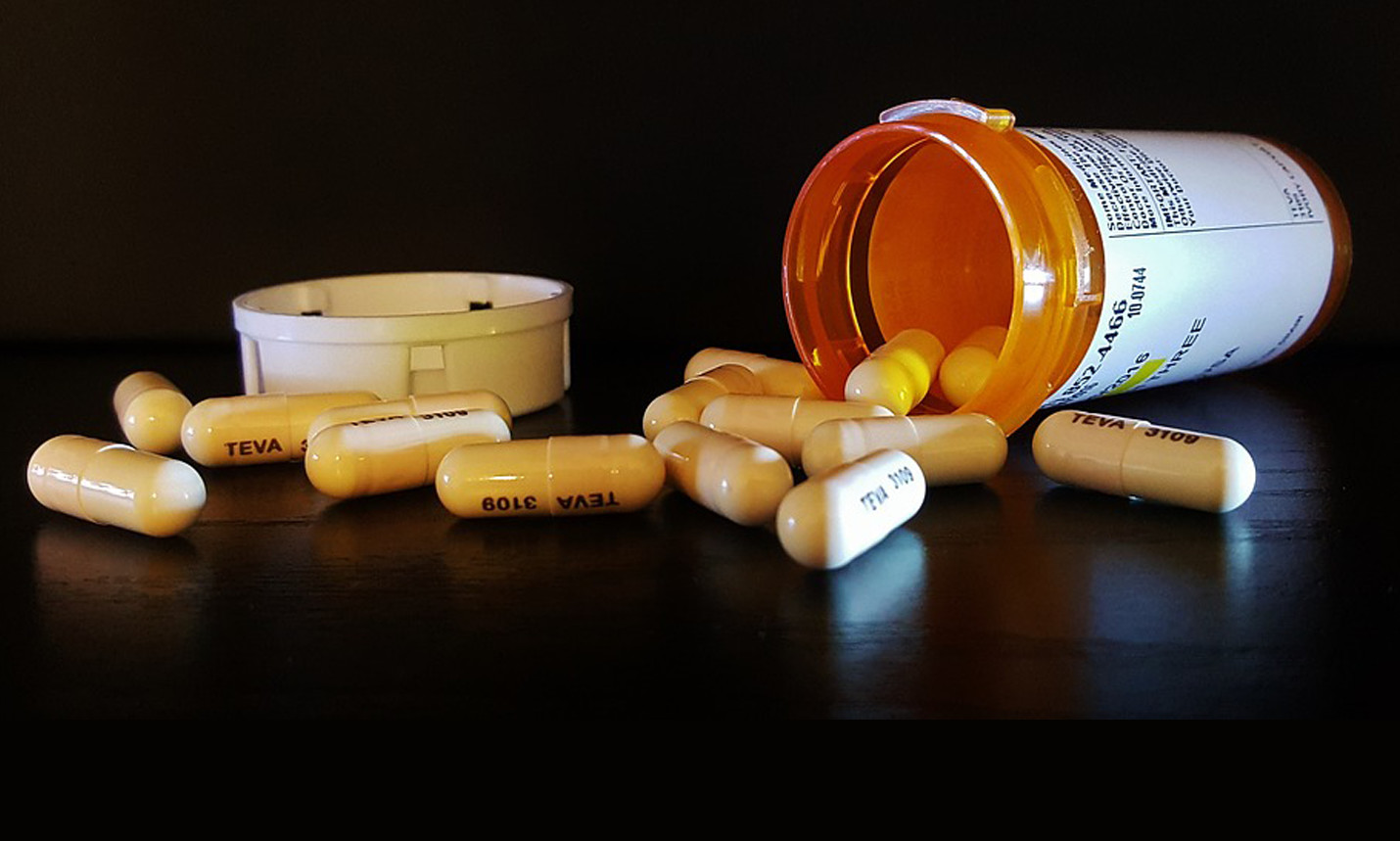When is Antibiotic Prophylaxis Needed for Dental Work

Antibiotic prophylaxis is a general term used to denote the use of antibiotics before a dental surgery or procedure. It is practiced in order to prevent Infective Endocarditis (IE) which is an infection of bacteria settling in the endocardial surface of the heart. The use of Antibiotic Prophylaxis has drastically decreased from the past due to a number of studies that show the benefits to the general population are limited compared to the risks. There is however a percentage of the population who is believed to benefit from Antibiotic Prophylaxis.
When is Antibiotic Prophylaxis Recommended?
Bacteria in the mouth can spread into the bloodstream and infect the rest of the body. This is known as bacteremia-induced infection and it can be life-threatening. Antibiotic Prophylaxis is generally recommended to individuals in need of certain dental procedures who also have the following medical conditions (which may weaken their immune systems or have compromised their heart):
- Prosthetic cardiac valves
- Congenital heart disease
- Cardiac transplant
- Or who have had previous cases of Infective Endocarditis?
- History of complications with a prosthetic joint
Antibiotic Prophylaxis may be prescribed specifically to a patient with the above-mentioned condition if they are in need of a dental procedure involving: gingival tissue, the periapical region of the teeth, or an incision in the oral mucosa bacteria. When a patient with one of these conditions also has poor oral hygiene the risks for infection compounds. These individuals should be considered as priority candidates for Antibiotic Prophylaxis.
The Case Against Antibiotic Prophylaxis
Experts are hesitant to prescribe Antibiotic Prophylaxis to the general public for a number of reasons, including:
- Much of the evidence hopeful to support the benefits of Antibiotic Prophylaxis is limited, inconclusive, or shows it to be minimally effective in decreasing the risk of IE from developing.
- It does not seem to have an impact on preventing prosthetic joint infection in those with prosthetics.
- Excessive use of antibiotics can create resistant organisms and render antibiotics useless.
- Some people are allergic and experience adverse effects to antibiotics or even anaphylaxis.
- Normal daily activity, such as flossing and brushing, has been attributed to increased risk of IE more commonly than dental procedures.
Administering Antibiotic Prophylaxis
Some procedures benefit from Antibiotic Prophylaxis more than others. In dentistry, root canals and tooth extractions usually warrant the use of Antibiotic Prophylaxis. These procedures are at a higher risk of letting bacteria enter the body, and therefore need to be taken care of, even before the surgery begins. The period during which the Antibiotic Prophylaxis is present and acting in the human body is incredibly long and can last for several days after the dose is administered depending on the kind of treatment and the method of giving the drug to the patients. Care and precaution must be exerted at all times to prevent any mishaps from happening to patients. The ideal time for Antibiotic prophylaxis to be administered to patients is right before the surgery. Ideally, a doctor should wait at least thirty minutes after the dose is given to start the surgical procedure. Another dose of Antibiotic prophylaxis is usually given during the surgery if needed and depending on the situation and risk rate of the patient receiving it.
Conclusion
Antibiotic Prophylaxis should not be prescribed as an accepted step in all dental procedures. The use of Antibiotic Prophylaxis should be determined on a case-by-case basis. It is preferred to care for oral health conservatively and minimize the risk of IE by practicing professional preventative measures to maintain good oral hygiene unless the patient is high-risk.
Resources:
- Antibiotic prophylaxis for dental procedures. Christopher G Daly. Aust Prescr. 2017 Oct; 40(5): 184–188. Published online 2017 Oct 3. doi: 10.18773/austprescr.2017.054
- Antibiotic Prophylaxis Prior to Dental Procedures. American Dental Association.
- Guideline on Antibiotic Prophylaxis for Dental Patients at Risk for Infection. Clinical Affairs Committee. 1990-2014.

